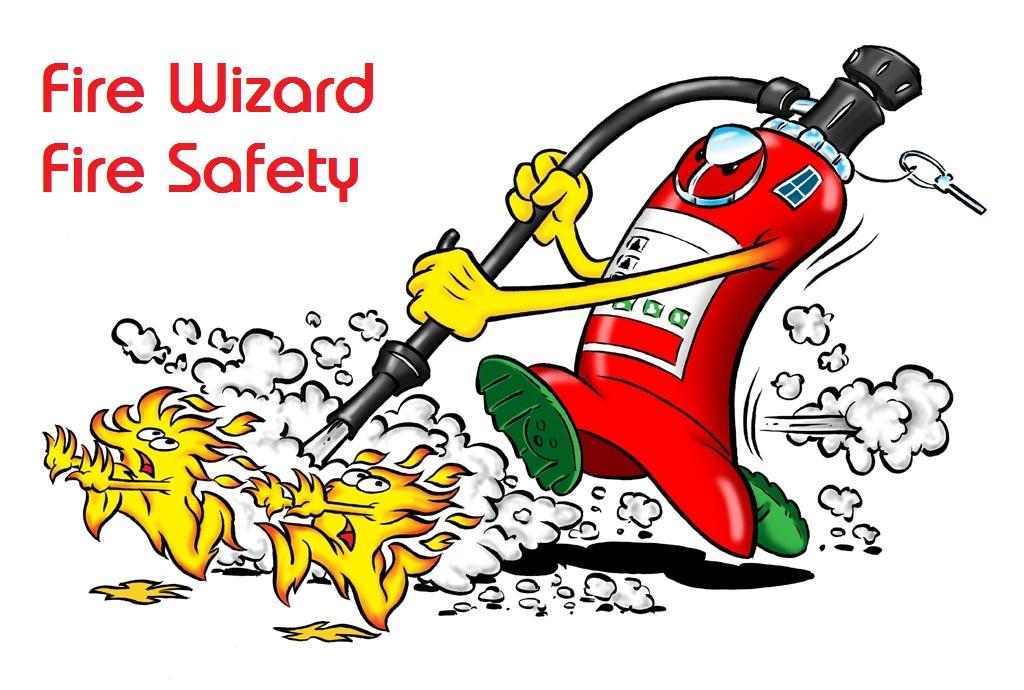-
Posts
2,697 -
Joined
-
Last visited
Everything posted by AnthonyB
-
They probably expect a 1m x 1m paving slab raised on an appropriate brick & concrete base to form an intermediate step, it's quite a common solution to this situation.
-

Query - Escape Door with fail secure strike lock and BGU override
AnthonyB replied to RJT's topic in Fire Exits
Not as a matter of course, building regulations guidance, fire safety guidance and the appropriate British Standard (BS7273-4) all deprecate such an arrangement. There is scope to deviate from the usual requirements, such as in places of detention, but there needs to be a risk assessment that can demonstrate why a deviation still gives adequate safety. Recent changes to the law mean if you follow official guidance you are presumed to comply with the law so a prosecution will likely fail, but if you don't you are presumed to have failed to comply unless you can provide a robust defence as to why you do. This doesn't mean you can't deviate from guidance - there are lots of situations where this is done and can be justified (I do this for clients in some situations) , but you need to make sure you can back it up and are aware of the liabilities of such a route -
From a purely fire point of view as long as the replacement door, frame and ironmongery form an FD30S certified doorset with a suitable EN door closer it can be whatever you want and legal for fire purposes. However from a property law point of view I'd check your lease as there can sometimes be binding requirements on the appearance of doors in a scheme and/or a requirement to get freeholders consent for the proposed door.
-
It's their responsibility to have checked it, not yours so you shouldn't be liable by telling them
-

flat entrance doors in maisonette properties
AnthonyB replied to a topic in Fire Doors and Accessories
The window isn't an issue if the bottom of the frame is 1100mm or more from the ground as the regulations assume you can duck down and crawl past it, which you can't do with a doorway -
Independence from remedial works is always useful from experience as is using a firm whose inspectors have done more than a 1 day 'zero to hero' inspection course where everything is either pass/fail and requiring new doors and frames for any defect.... These people or anyone who has done their (far longer and more comprehensive) training is worth trying as you will get a true risk based appraisal https://www.firedoorscomplete.com/
-

flat entrance doors in maisonette properties
AnthonyB replied to a topic in Fire Doors and Accessories
If escape is only in one direction in open deck housing then front doors would still need to be fire doors. If there are two stairs so you wouldn't need to pass the flat on fire they generally don't -
If you are owner occupying and not renting it out it's up to you what & how many locks are fitted as long as they don't affect the integrity of the door. The door is your responsibility to remediate if not to spec. I'll let the forum's fire door specialist answer your other questions
-
The management company on behalf of the OMC, who have the legal responsibility and liability. Even with a building less than 11m they are responsible for assessing the suitability of flat front doors, the only difference for higher buildings is there is a set inspection frequency as oppose to a risk based one.
-

Breaking wall in flat (entrance in open plan kitchen)
AnthonyB replied to a topic in Fire Risk Assessments
You would need to ask your local authority Building Control department. The biggest issue would be you would removing the 'protected' hallway (a 30 minute fire resistant area) and making the other rooms 'inner rooms' requiring escape through an access room, which as a kitchen is a higher risk. Being ground floor you do have the option of escape windows to bedrooms, but: This also affects the safety of the other flats as the protection of the common stair usually relies on 60 minute fire resistant walls with only 30 minute fire rated flat front doors on the assumption the 30 minute protected hallway and inner fire doors will add to the protection. If the block is stay put this is more significant than if it's full evacuate. It's not impossible to do, open plan flats do exist, but you may be expected to carry out compensatory measures which could include just additional smoke detection or potentially a domestic sprinkler system. -
No - it depends on the size and layout of the block. If it is deemed necessary as a result of the FRA that looks at these factors then it would be, but not as routine.
-

How often do we need to certify emergency lighting?
AnthonyB replied to a topic in Emergency Lighting
They need an annual full rated duration test before the question of certification even crops up, monthly function testing is not sufficient. The Responsible Person needs to be able to prove they have a suitable system of maintenance - some may feel a log book entry for the annual test will suffice, many would expect a certificate (especially if using a third party) for which model examples are available in BS5266 and template certificates available for use from the main electrical trade associations -
Depending on the nature of the building & occupancy it may be necessary to prohibit the use of part or all of it. In other situations, waking watches, temporary systems, hand lamps, etc may be options.
-
No - it doesn't direct people correctly to go through the door. Up above the door. If the wall is so low many people would just step over it, once they are outside the signage is less of an issue. What would happen if they went over the wall or left? Is the route to the right obvious?
-
There are no exemptions, just the use of a risk assessed approach to the overall fire safety package of which doors are just a part. Uprating existing heritage doors is one approach - Envirograf are very helpful with that - also English Heritage have various guides https://historicengland.org.uk/advice/technical-advice/emergency-and-fire/fire-advice/
-
FD30s. The certified door blank (& presumably matched frame and ironmongery) and intumescent seals make it FD30, the cold smoke brushes FD30s.
-
Yes - but as a new build in 2014 I'd question why you have a common alarm in the first place. Building Regulations both then & now didn't/don't require them, just smoke detectors connected to smoke vents. A lot of people think under 11m means no obligations which couldn't be further from the truth - the Fire Safety (England) Regulations only provided additional & prescriptive requirements over and above the many pre existing requirements on testing, maintenance, risk assessment and fire precautions.
-
It's part of the shop's fire alarm system, as well as part of the shop's general fire precautions to protect relevant persons who would be affected by a fire in the shop premises, therefore unless provisions in any lease say otherwise (e.g. putting it on the freeholder) it's the shop's expense. They could instead rip their false ceiling down and upgrade the fire resistance to 60 minutes instead but I know which is cheaper and less disruptive!
-
Wireless systems are very established pieces of fire alarm technology and are absolutely fine complying with BS5839 and legislation, sadly there is a lot of ignorance out there amongst those who should know better!. Grade A/Part1 wireless systems: https://www.safelincs.co.uk/wireless-fire-alarm-systems/ Grade D wireless systems: https://www.safelincs.co.uk/radio-interlinked-smoke-alarms/ (use the filter to take away the Grade F devices from the list) I assume your FRA has determined the fire compartmentation between the flats is inadequate as that's the only reason you'd need a common system and an evacuate policy - if the required 60 minutes FR walls and floors are in place you don't need anything in the common areas as they sound too small to need a detector operated smoke control system.
-
The Government guidance clearly states that buildings with the floor of the top storey under 11m are not exempt from the need for fire door checks under Article 17 of the Fire Safety Order, only that the frequency of those checks is not prescriptive as per the Fire Safety (England) Regulations, for example a smaller block may decide through their risk assessment to only check communal doors 6 monthly and only check a percentage of flat doors annually rather than trying to check all of them.
-
The requirement for some form of self closer dates back to 1962 so that get out is a dead end. Unfortunately building standards in the last 25 years have dropped somewhat and it's entirely possible the building was passed whilst non compliant (which is why building control sign off isn't a defence against fire safety compliance issues - Grenfell Tower was passed by building control)
-

Flat fire door for private entrance
AnthonyB replied to Nibarb's topic in Fire Doors and Accessories
Building Regulations aren't retrospective so if an existing situation it isn't an issue unless some alterations are being carried out that would make the premises subject to the latest edition. Sprinklers and protected stairways are sometimes accepted as an alternative. -
The distance should be measured from all parts of the premises to the nearest place of reasonable safety which is: • a protected stairway enclosure (storey exit); • a separate fire compartment from which there is a final exit to a place of total safety; or • the nearest available final exit. Check Figure 32 in the sleeping risk guide - with a bedroom on a single direction corridor the total TD should not exceed 18m to the storey or final exit of which only 9m can be travel inside the room
-
Legislation isn't as strict for non domestic furniture but there is more guidance here: https://www.fira.co.uk/technical-information/flammability/fire-safety-of-furniture-and-furnishings-in-the-contract-and-non-domestic-sectors

